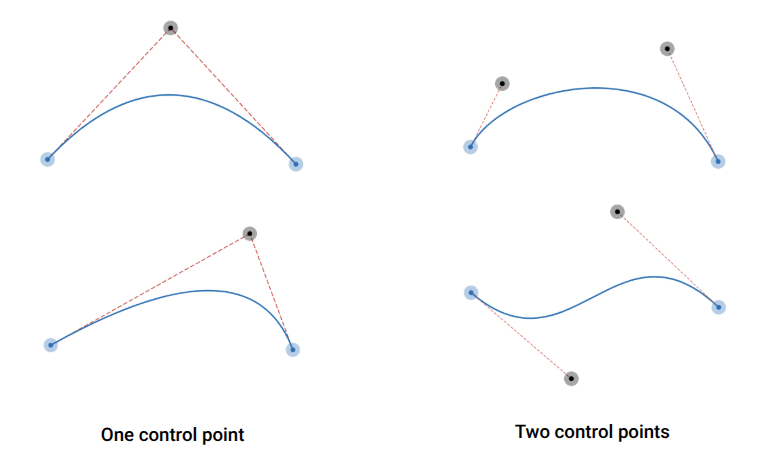
Jeff Oxford’s initial attempt at ecommerce was selling dropshipped beer pong tables in 2013. The business, he says, didn’t survive, but his love for optimizing organic search traffic did. Thus began his SEO career and the launch of 180 Marketing, his agency.
Fast forward to 2024, and Jeff is an ecommerce SEO authority. Link building was on his mind when he appeared on the podcast in 2022. He now advises engagement — getting folks to click an organic search listing and consume the page’s content — and reminds merchants that AI search has helped ecommerce rankings.
He and I discussed those tactics and more in our recent conversation. Our entire audio is embedded below. The transcript is edited for clarity and length.
Eric Bandholz: Give us a quick rundown of who you are.
Jeff Oxford: I’ve been an ecommerce SEO nerd for 13 years. I got into it by trying to start my own dropshipping sites, like selling beer pong tables or 3D printers, but things didn’t go as planned. That’s when I fell in love with search engine optimization, particularly for ecommerce websites, and I’ve stuck with it. SEO can be complicated, but at its core, it’s about a few key activities to help sites rank better.
If you’re looking to rank well in 2025, user engagement is crucial. Google determines whether visitors click on your site, stay, or quickly hit the back button. User engagement is a strong signal for rankings. You could have a perfectly optimized page, but you won’t rank well if people aren’t staying.
Google’s data leak earlier this year confirmed what many SEOs suspected — user engagement plays a significant role in rankings. SEO practitioners theorize that Google collects data from Android devices and Chrome to assess how long people stay on a site, influencing rankings.
Bandholz: How do you protect against bots that attempt to manipulate engagement data by visiting and bouncing off competitor sites?
Oxford: The click-through rate on search result pages is a major ranking factor. More clicks should increase rankings. Rand Fishkin, a prominent SEO expert, demonstrated this with live experiments in which people clicked on a site and boosted its ranking from 5th to 1st or 2nd in real time.
But manipulating the click-through rate via bots isn’t that easy. Google has advanced technology to detect fake clicks, primarily to protect its ad system. Google monitors patterns, IPs, and behaviors. So, if you tried to flood your site with bot traffic, Google would likely detect it. Some people use platforms such as Mechanical Turk to pay for manual clicks, but making the pattern look natural is hard. Spikes in traffic are red flags, and Google uses pattern recognition to detect anomalies.
Bandholz: With AI evolving, how can companies detect if competitors are using malicious AI tactics?
Oxford: Negative SEO attacks were a more prominent issue before 2014. Back then, bad backlinks could penalize a site, and competitors could build spammy links to hurt you.
However, in 2014 Google changed its approach. Instead of penalizing sites for bad links, they devalue or ignore them. The same applies to click manipulation. Google can’t always tell if the click manipulation is from the site owner or a competitor. It’s more about neutralizing the effects rather than handing out penalties.
Bandholz: What are some tactics for increasing click-throughs and dwell time?
Oxford: Dwell time is easier to control since it depends on the user experience. To improve it, focus on fast page loads and usability. Basic conversion rate optimization techniques, such as A/B and usability testing, can help keep visitors engaged.
To increase branded traffic, though, it’s more about good digital marketing than manipulation. If you’re running strong branding and marketing campaigns, your branded search traffic will increase naturally. You might run Facebook ads, sponsor events, or create content. Branded search is a symptom of good digital marketing, not the direct goal.
Bandholz: Is there still an opportunity for bottom-of-funnel SEO strategies to capture sales for people searching for products?
Oxford: Absolutely. Backlinks still work surprisingly well despite many thinking they’re dead. Most of the top-ranking sites still have backlinks. For ecommerce sites, getting backlinks to category pages can help with rankings. Google confirmed this in its algorithm leak — backlinks remain a confirmed ranking factor.
It’s harder to get backlinks today than it was 10 years ago. Back then, we could send bulk emails to journalists and get backlinks quickly. But now, bloggers know their value. They’re more likely to ask for money in exchange for backlinks. However, ecommerce sites can still build backlinks through product reviews. You can contact bloggers, offer free products for honest reviews, and earn backlinks.
Bandholz: What else should entrepreneurs and operators consider when improving their SEO?
Oxford: Besides engagement metrics and link building, optimized content is essential. Many ecommerce sites overlook category pages and have only a product grid and a heading. Adding 200 to 300 words of relevant content, discussing the benefits of products, target audience, and usage tips can help these pages rank better. You don’t want fluffy content. Instead, focus on helpful information for potential buyers.
Bandholz: How much should brands budget for optimal SEO?
Oxford: It depends on your niche. In a competitive space like weight loss supplements or CBD, you’re looking at tens of thousands of dollars a month. For less competitive niches, $2,000 to $3,000 might suffice. For ecommerce sites with seven or eight figures in annual revenue, a budget of $3,000 to $8,000 per month is typical. Most of the budget will go toward link building, content creation, and technical SEO.
Bandholz: What other trends do you see in the ecommerce SEO space?
Oxford: Many merchants panicked over artificial intelligence, worrying it might take market share from Google or hurt SEO. But AI has been beneficial for ecommerce sites. Google recently cracked down on low-quality affiliate blogs trying to rank for “best of” keywords, wiping out around 90% of these sites. Now, ecommerce sites are benefiting as they’re absorbing a lot of this traffic.
Google is prioritizing brands over generic affiliate sites. Ecommerce brands with physical locations, verified reviews, and a trustworthy presence get favored in rankings. So, if you have an ecommerce site, blogging will be more impactful now than ever.
Bandholz: Where can people learn more?
Oxford: Our website is 180marketing.com. I’m on LinkedIn.





